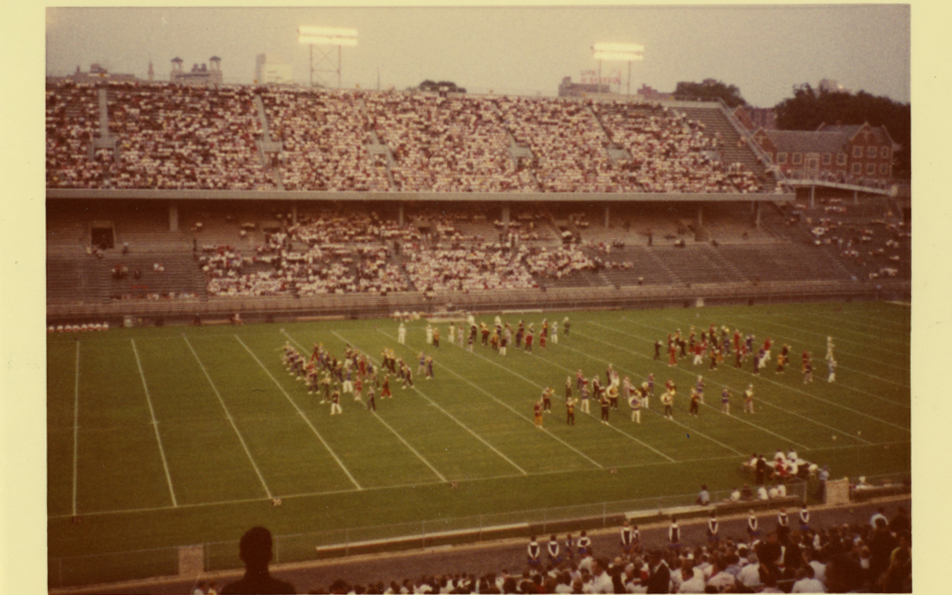Celebrating its 100th anniversary, the historic Grant Field, now home to Bobby Dodd Stadium, is the oldest on-campus stadium in NCAA Division I-A. The field is named after Hugh Inman Grant, son of John W. Grant, a former member of the Georgia Tech Board of Trustees whose family donated $15,000 toward the field’s construction in 1913.
Tech’s team, then known as “The Engineers”, has been playing on the land since 1905, but Tech students erected permanent grandstands in 1913.
Grant Field has hosted hundreds of football games since its construction. In 1916, the Tech football team defeated Cumberland College in the landslide victory of 222-0 under famed coach John Heisman. This game still holds the record for most points scored in a game to this day.
Nearly 100 years later, Georgia Tech defeated Virginia Tech in October 2009 in the first home victory against a top-five team since beating Alabama in 1962. At this game, Georgia Tech students rushed the field and tore down the goalpost, eventually carrying it to Institute President G.P. “Bud” Peterson’s house. Traditionally, the winner of the Georgia Tech-Virginia Tech goes on to represent the Coastal Division in the ACC Championship game. Georgia Tech did exactly this in 2009, as it went on to defeat Clemson and win the title, which was later vacated in 2011.
Over the years, the stadium and field have changed significantly. In April 1988, Tech named the stadium in honor of former Head Coach Bobby Dodd. Dodd had led the Jackets to a 165-64-8 record in his 23 years as the head coach, and served in some capacity with the Institute for 56 years.
In 2003, the stadium underwent renovations that increased its capacity to 55,000 seats. The largest crowd at the stadium since then came in a game against No. 2 ranked Notre Dame in 2006, with 56,680 fans in attendance; the most in Tech history has been 60,316 when the Jackets hosted Georgia in 1973.
The most recent renovation was in Summer 2009, when the sound system was improved and a $4.5 million, 2,400 square foot video board was erected above the South end zone.
